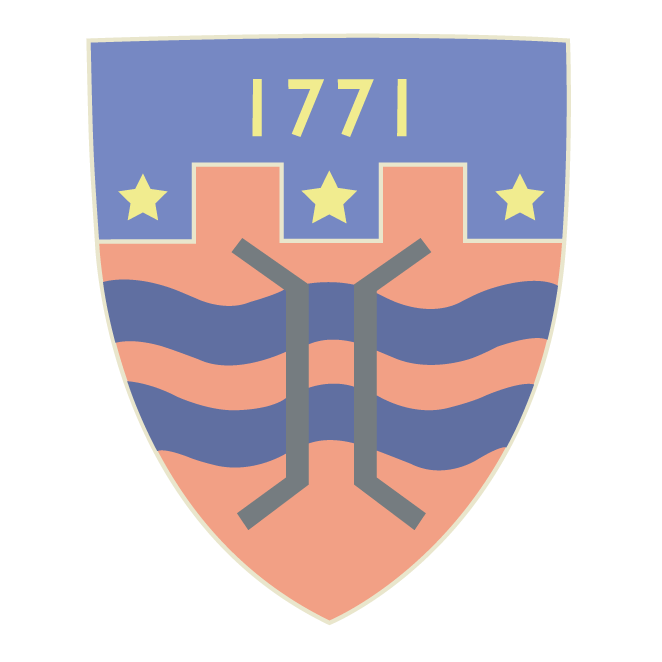Phonics at St Oswald’s
We use the Little Wandle Letters and Sounds Revised to plan and provide daily engaging phonics lessons. In phonics, we teach children that the letters of the alphabet represent a different sound, that these can be used in a variety of combinations and are put together to make words. The children learn to recognise all of the different sounds and combinations that they might see when they are reading or writing. Our phonics teaching starts in Early Years (Reception) and follows a very specific sequence that allows our children to build on their previous phonic knowledge and master specific phonic strategies as they move through school. As a result, all our children are able to tackle any unfamiliar words that they might discover. At Oswald’s we encourage these strategies in reading and writing both inside and outside of the phonics lesson and across the curriculum.
How do we teach phonics and Early Reading?
Phonics
- In Reception and Year 1, children follow the progression within Little Wandle Letters and Sounds Revised programme. Phonics is taught daily and there is a review session on a Friday.
- Phonics starts in Reception in the second week of the year to ensure the children make a strong start.
- By the end of Reception, children will have been taught up to the end of phase 4.
- By the end of Year 1, children will have been taught up to the end of phase 5.
- Children in Year 2 recap any gaps in their phonics knowledge in the autumn term.
Reading Practice sessions
- Children across Reception, Year 1, Year 2 (and beyond if appropriate) apply their phonics knowledge by using a full matched decodable reader in a small group reading practice session.
- These sessions are 20 minutes long and happen three times a week. There are approximately 6 children in a group.
- The sessions follow the model set out in Little Wandle Letters and Sounds Revised.
- The children then take the same book home the following week to ensure success is shared with the family.
- Children who are not yet blending take a wordless book home.
How do we assess phonic knowledge?
- In Reception, Year 1 and Year 2 at the end of each week there is a review session which recaps the learning. There are also whole review weeks (pre-planned and bespoke review weeks to address gaps identified by the class teacher’s ongoing formative assessment).
- Children identified in Reception, Year 1 and Year 2 as in danger of falling behind are immediately identified and daily ‘keep up’ sessions are put in place – these sessions follow the Little Wandle Letters and Sounds Revised programme.
- In Reception and Year 1, the children are assessed at the end of every half term using the Little Wandle Letters and Sounds Revised assessment tracker.
- Children in Year 1 complete the statutory Phonics Screening Check in the summer term.
- Children who do not meet the expected standard in the Phonics Screening Check in Y1, will complete this in Y2. Support continues to be put in place for these children.
Reading for Pleasure – Early Years and KS1
Alongside daily teaching of phonics, reading for pleasure is an important part of our Early Reading offer. We ensure children develop a love of reading and are exposed to a range of interesting and relevant authors. We promote a love of reading in the following ways:
- Teaching of poetry, which includes performing and learning a range of poems by heart.
- Daily storytime.
- Whole class reading sessions which include a range of texts
- Book areas within the classroom which have a careful selection of books, including books by the focus author.
- Alongside a decodable reading book, children also take home a reading for pleasure book each week. In each year group, children will take home a range of book by authors, including some which they have read in class.
Further Information
If you are a parent and would like more information about how to support your child with phonics at home, please follow this link to find the Reception and Year 1 overview as well as videos of the sound pronunciations, letter formation sheets and other helpful resources
For further English information:

